Reviving the Analog Photography Bug with the Unexpected: Film Soup
New film to breathe life back into your photography
This is how little I was shooting a few months ago - I couldn’t remember what film was in my most-used camera.
But I took it (the nikon fm2n) to a local sled dog race anyways thinking it might be regular color film…
NOPE!
It was film soup!
If you’ve been around here for a hot minute, you know I LOVE an occasional roll of film soup. It brings a spark back into my photography and energizes me to channel creative flow with more intention…when I’m shooting it intentionally of course…
But now that we are here, let’s chat about it.
It’s also something new and completely unpredictable and unexpected which encourages me to release control and attachment over how I imagine or want the final image to look.
But What Exactly Is Film Soup?
Film soup is made when you soak rolls of film in a liquid that can contain any number of ingredients. Different ingredients create different results. It could be salt, flowers, soap, lemon juice, alcohol, tea, etc.
The film is then dried, shot, and processed. Or it can also be shot, souped, dried, and then processed.
The result?
Could be anything - could be nothing!
With a film that is sold as souped like Hanalogital’s film soups (my go-to by the way), you will definitely get something. There are even sample images of what it COULD look similar to on the Etsy store, link here.
Doing this at home, there are no guarantees unless you follow a tested recipe from someone else.
You might see various streaks or washes or spots of colors (if color film) or textures like bubbles, cuts, streaks, slices, etc.
Film Soup is GREAT for:
breaking out of a photography slump
those beautiful and wild spirits that thrive on the unknown
film addicts on a mission to try all the types of film out there
perfectionists that want to let loose and get a little messy
ethereal humans that glide through life fully of whimsy
photographers tired of the same old same old
those wanting to sell cool unqiue art at craft fairs
film photographers wanting to trigger the internet trolls who hate anything that’s not trees shot on FP4 with Nikon F and 50mm lens.
I could go on really…
Film Soup for the Analogue Soul
If you are wondering what film soup these images were taken on, it’s the Winter ‘24 seasonal film soup from Hanalogital’s shop.
For those of you who have have been around my channel for a minute, you know I LOVE Hanalogital film soups. This is a woman-owned small business located in Germany. Check out the *STAR SELLER* shop at the link here.
It’s really the only film soup I shoot although I did purchase Hanalogital’s film soup book as well to make my own…which has yet to happen.
If you are new to film souping and want to try it, this is a great place to start because the work is already done for you in creating the film soup.
Then, to get it developed, I would recommend Amy Elizabeth’s film lab called Film Lab 135. Link here.
CAUTION: Developing Film Soups & Keeping Your Local Lab Happy
If you don’t know already (which you might if you are reading this), souped films cannot be developed like regular C41 films if sending to a lab. The materials used to soup the film can contaminate the lab’s C41 chemistry in the machine or process and they will be VERY UNHAPPY with you.
That is, if the film looks like a normal film and has no indication that it is a film soup so they process like normal in C41…Some labs will notice if the cannister says FILM SOUP on it and might reach out to you to let you know they don’t process it, or it’s an extra charge.
SO, like responsible film soup photographers, it’s best to either send the film to a lab that specifically processes film soup like Film Lab 135, or ask your local lab if they will do it for you BEFORE sending in your film. Usually, there’s an extra charge because they might have to use a separate batch of chemicals or process to do it.
Souped film and processing can add up quickly, so if you are on a budget, try souping it yourself and developing at home in a C41 kit! There are plenty of recipes online...Kate Hook has done a lot around film soup so she is a fantastic creator to follow here if you are interested in learning more about doing it yourself!
Best Way to Shoot Film Soups
Trick heading - there is NO best way!
That being said, here a few of my thoughts on how I like to shoot it or what I find works better for me…
I find film soups work best with abstract or macro images. Also, on sunny days or dramatic lighting, NOT overcast (like most of my images above). The soup is an unpredictable art itself and if there is a busy scene (like the dog race images above), it can get a bit messy or too much going on.
I LOVE the image below of this simple candle with the effects of the film soup. This works a lot better for me.
More Resources to Learn About Film Soup
As I mentioned earlier, Kate Hook is a good resource. She has a few older YouTube videos here on film soups that are STILL great to watch.
srad on YouTube has a playlist here dedicated to film soups.
Cameras and Cats YouTube channel has a great video here comparing different soups and their results. It seems if you want sparkles, lemon juice is non negotiable.
To see samples I shot from Hanalogital’s OPAL film - check that video out here.
Articles
“How to Make Film Soup - 8 Easy Steps with Results and Film Soaking Tips” by Myles Katherine (Cameras & Cats)
“Tips and Steps on How to Film Soup” - Jessica Manning
There’s a lot more out there too so find whatever calls to you (styles and results of film soup) and go with that!
Have you tried film soup before? Are you interested in trying it out?
Let me know in the comments!
I’m ordering some of the Hanalogital Spring ‘25 batch and want to shoot spring/summer flowers with it so stay tuned for more film soup experiments! Might even soup my own film someday :)
See ya next time,
~Molly




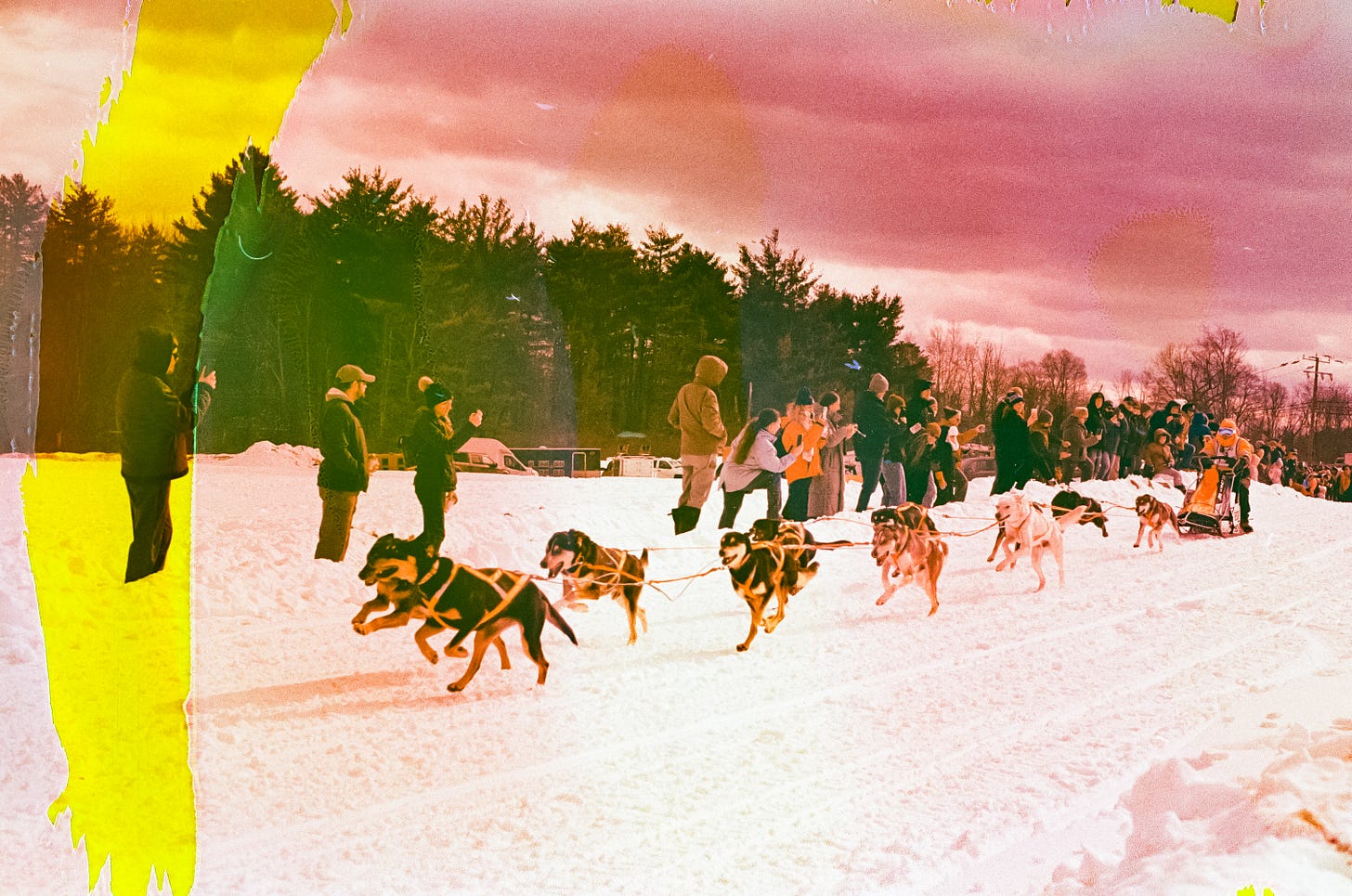
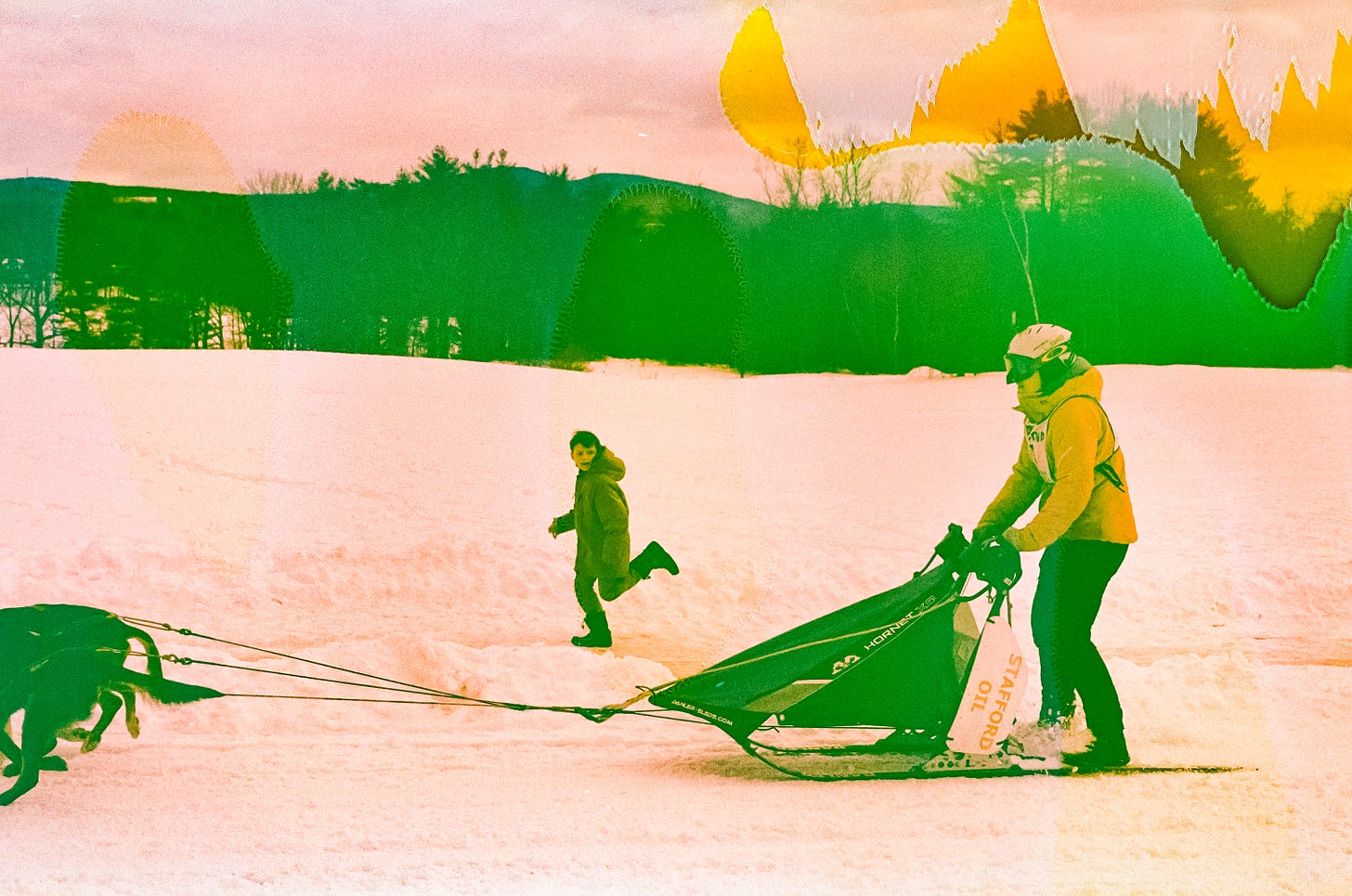
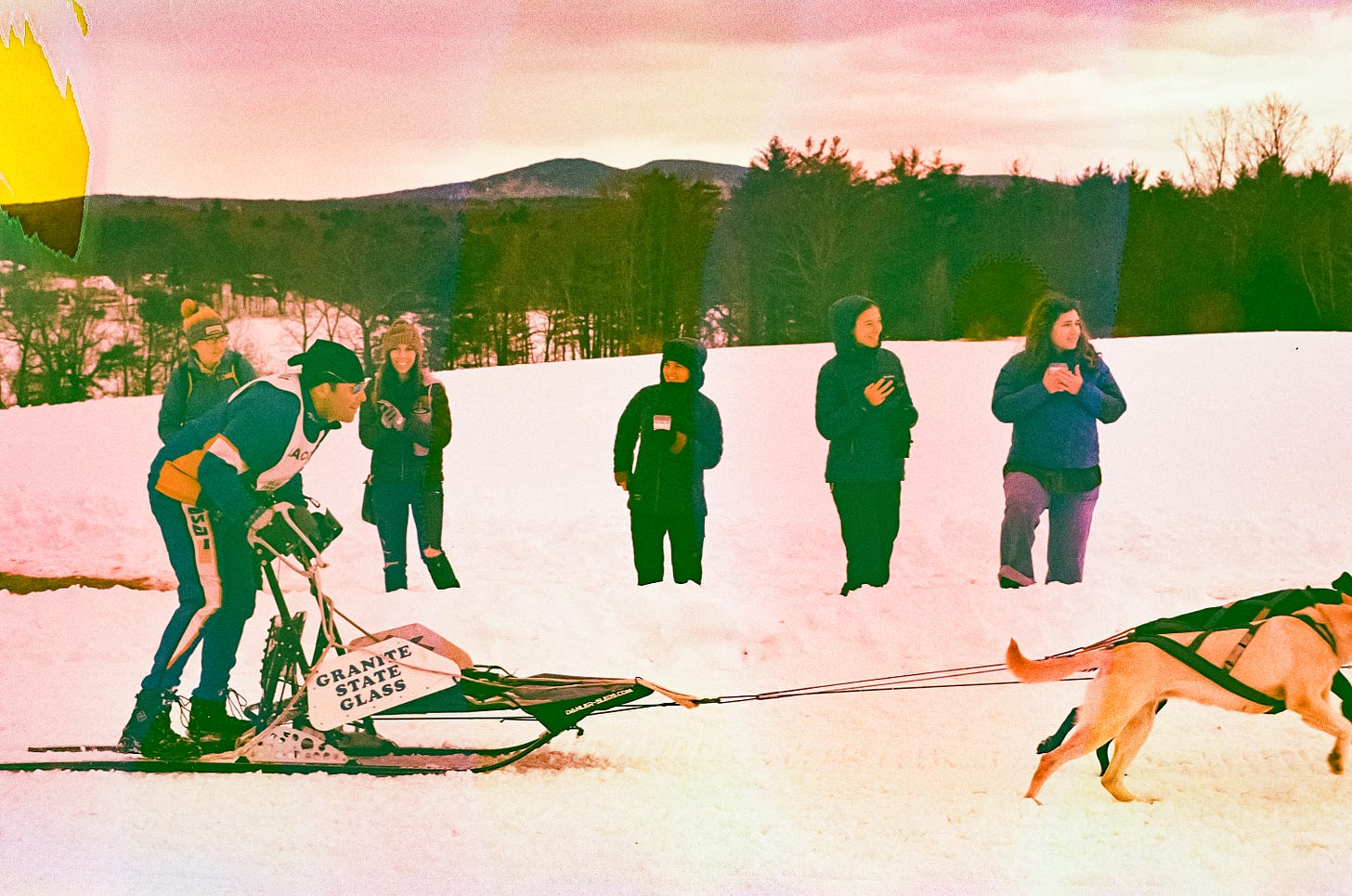

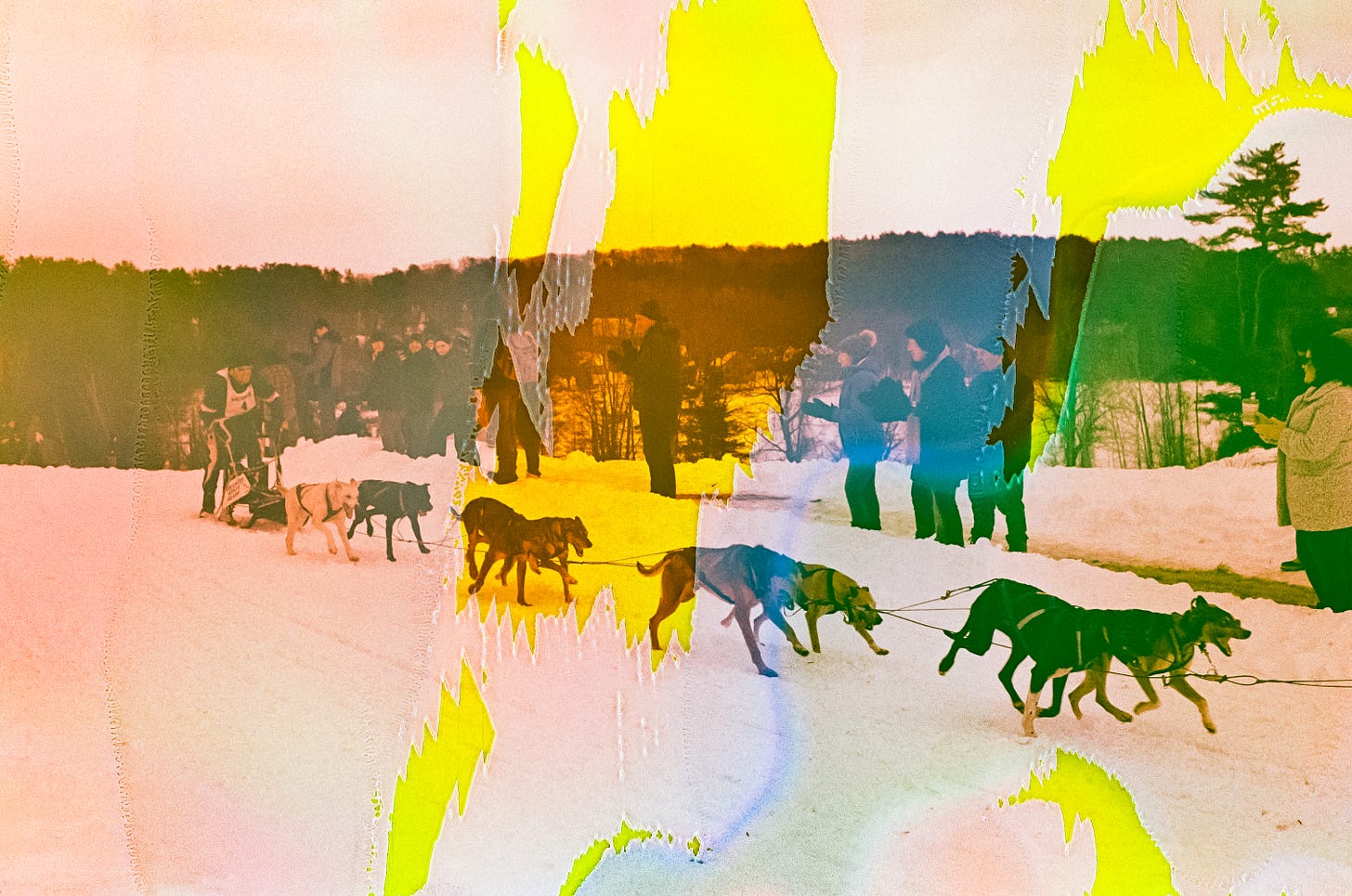
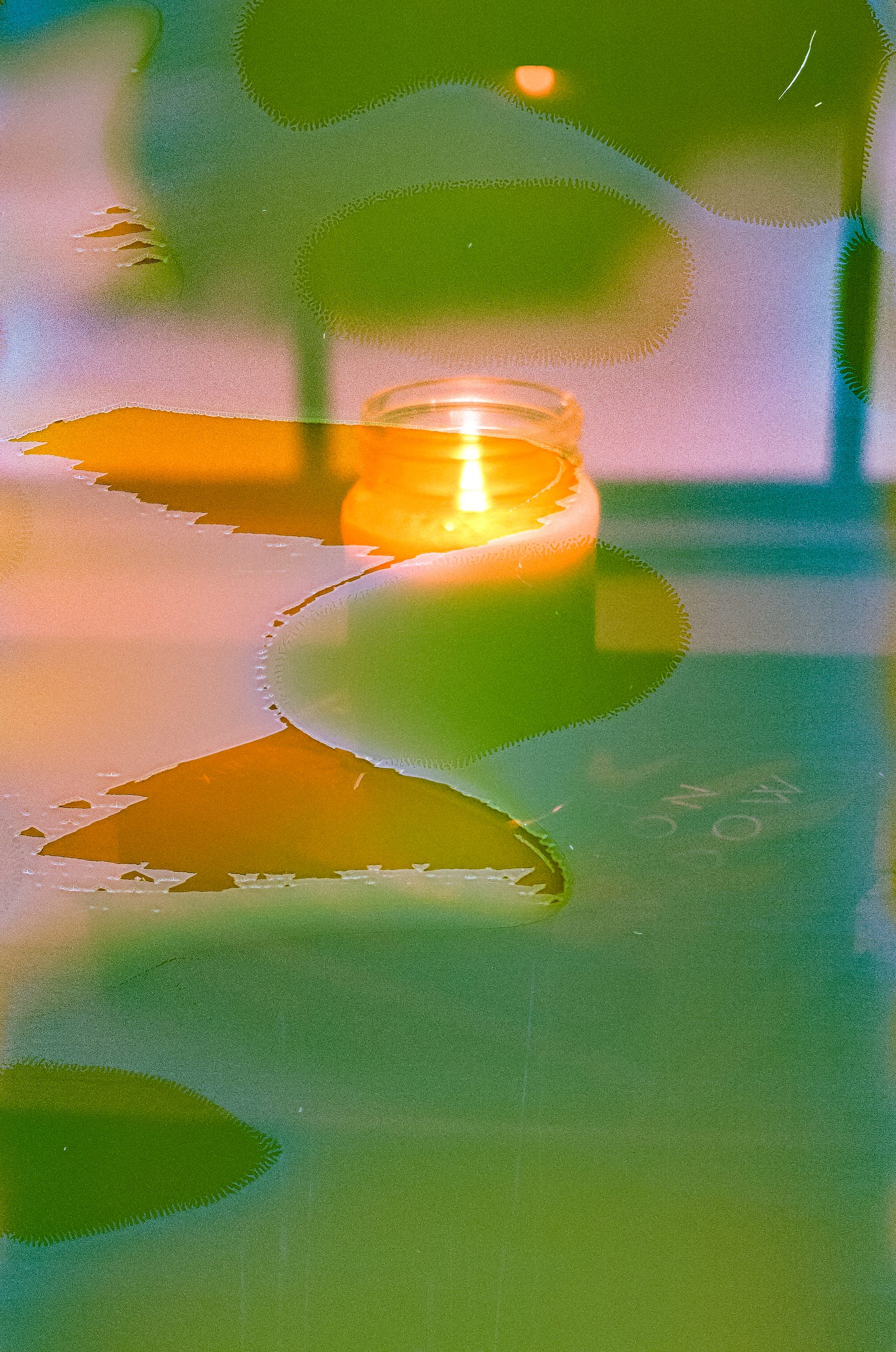
some crazy looking images, but fun :)
Since I don’t develop my own film I can’t do film soup. The lab I go to says it ruins their equipment. But it looks fun!